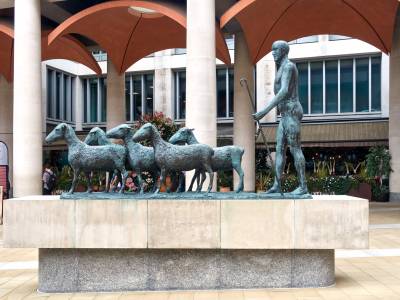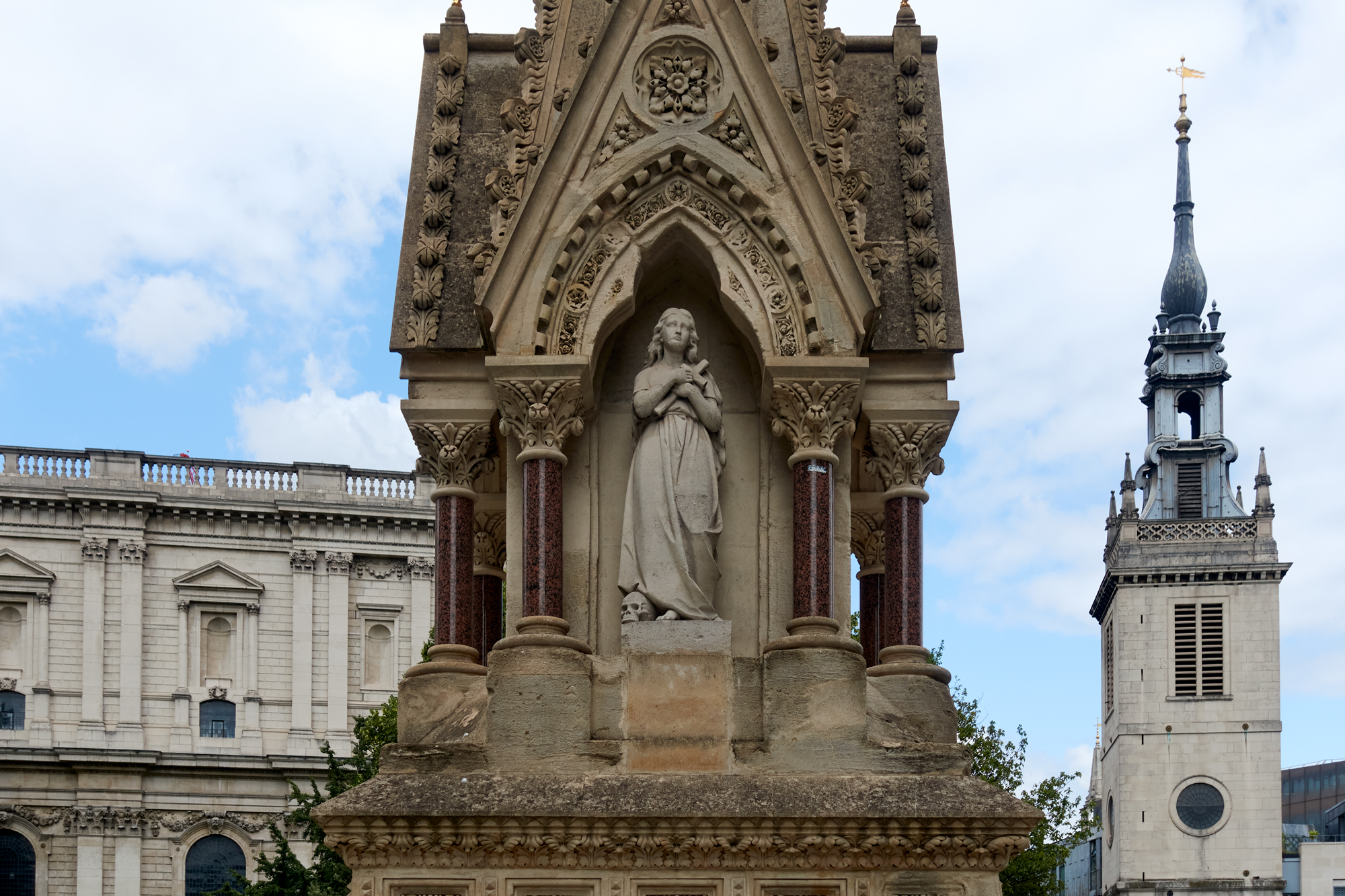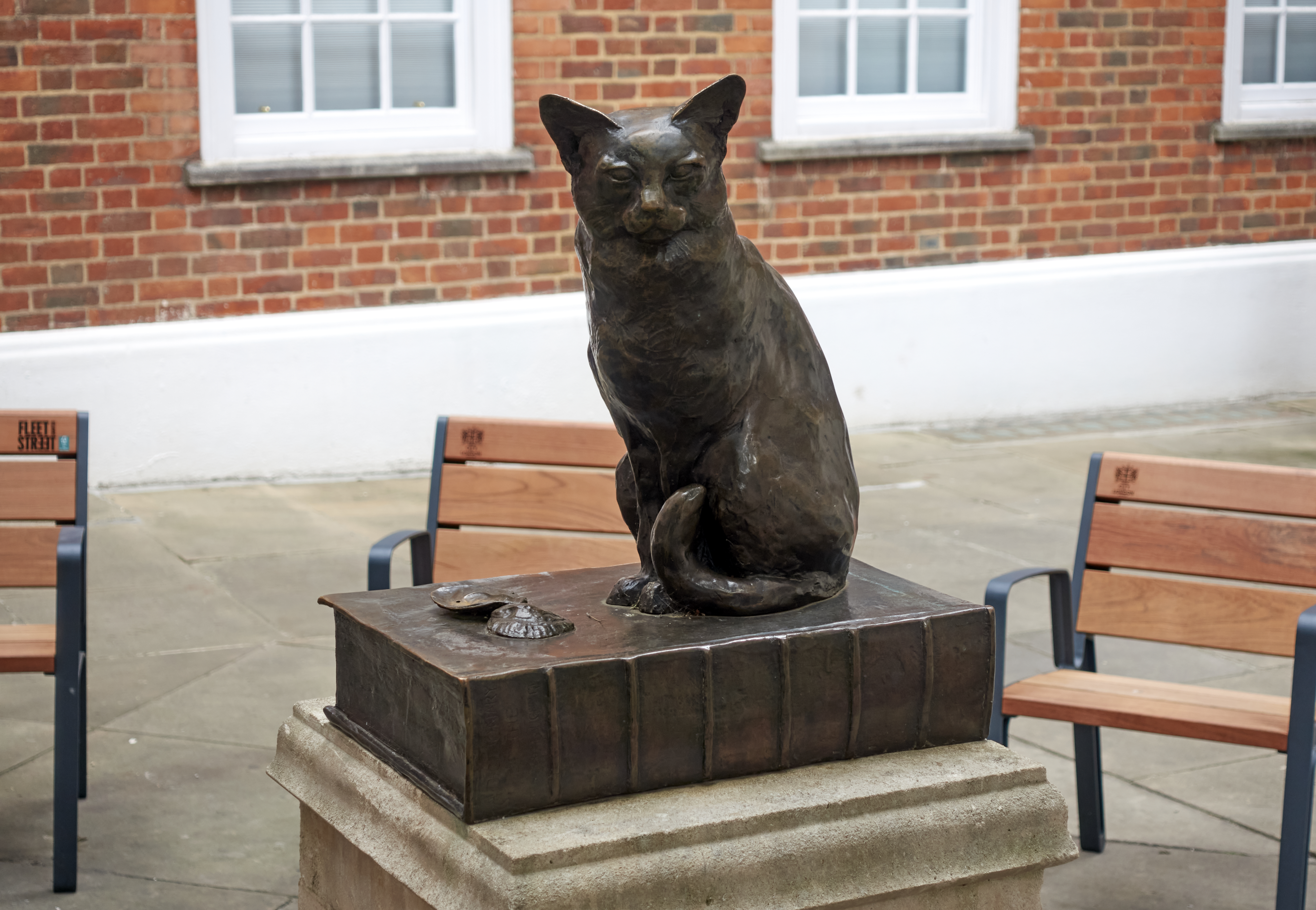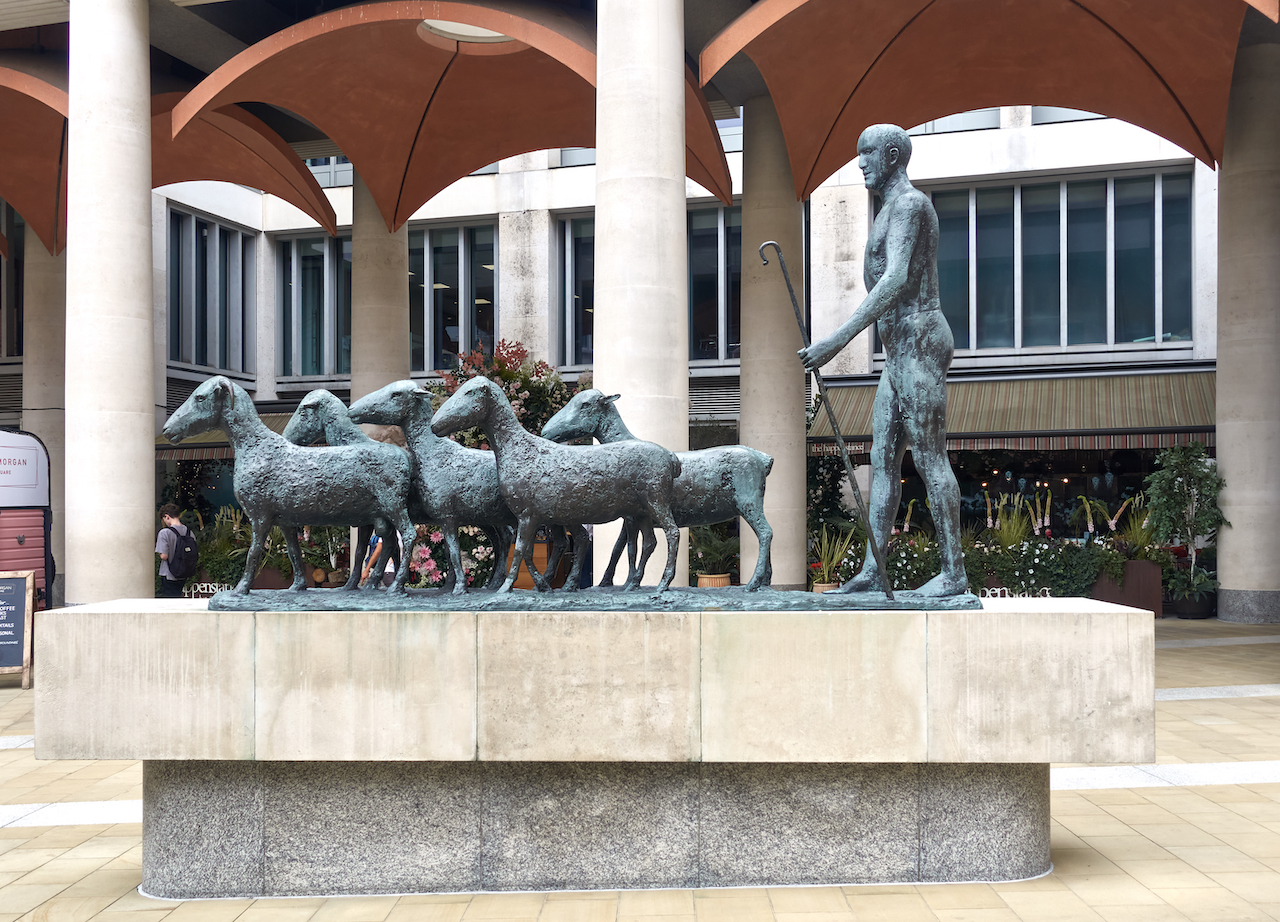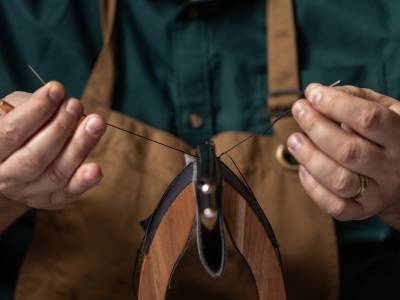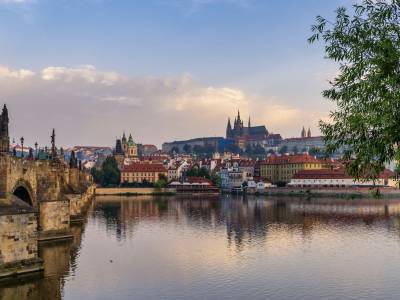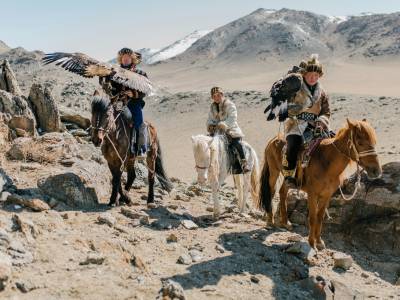A Tour of London's Most Iconic Statues
17th January 2024
Here we share a handful of London's iconic statues, chosen from the hundreds in the City by Alison Turner. There are heroes, heroines, military leaders, monarchs and even a couple of cats. Some are celebrated, others obscure or hidden, but they all contribute to our appreciation of the Square Mile’s extraordinary 2,000-year history.
Photography by Edmund Sumner.
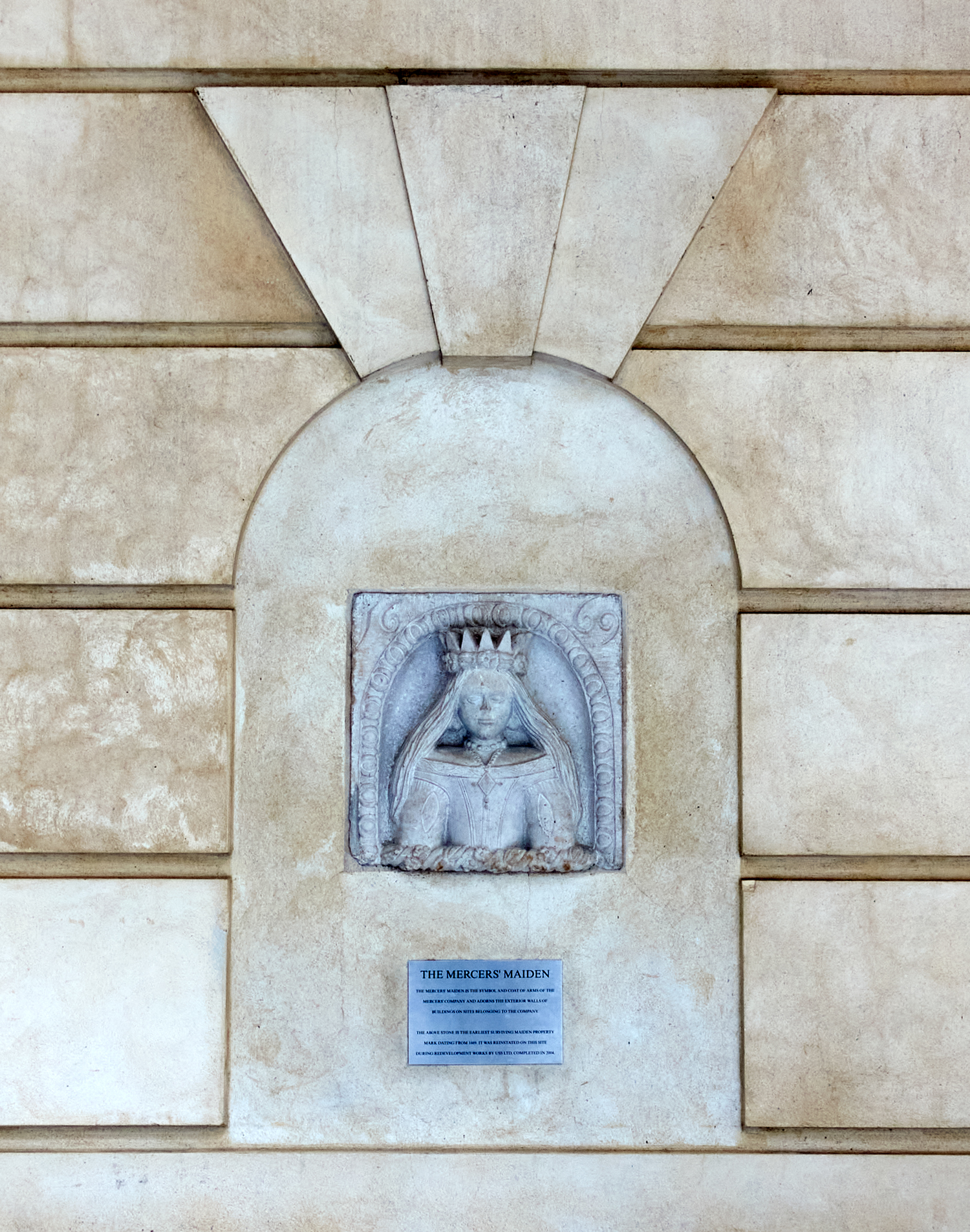
In an alleyway off Gracechurch Street, passers-by must brave the inscrutable gaze of this spooky-looking lady. More than 350 years old, she’s the earliest surviving Mercers’ Maiden. The symbol of the Mercers’ Company since the 1500s, the Maiden can still be seen on properties it owns around the City and beyond. Historically traders in luxury fabrics, the Mercers are still the first livery company of the Great Twelve that follow the Lord Mayor’s Procession.
Where: Corbet Court, EC3
Samuel Pepys
Samuel Pepys, the famed diarist of Stuart London, is immortalised in bronze by Karin Jonzen in Seething Lane Gardens, on the spot where he once lived and worked. Pepys rose from modest origins to become Chief Secretary to the Admiralty, earning the description Father of the Modern Royal Navy. His diary records London life in the turbulent 1660s — the catastrophic plague and the Great Fire, the return of the monarchy, and Pepys’ own philandering exploits.
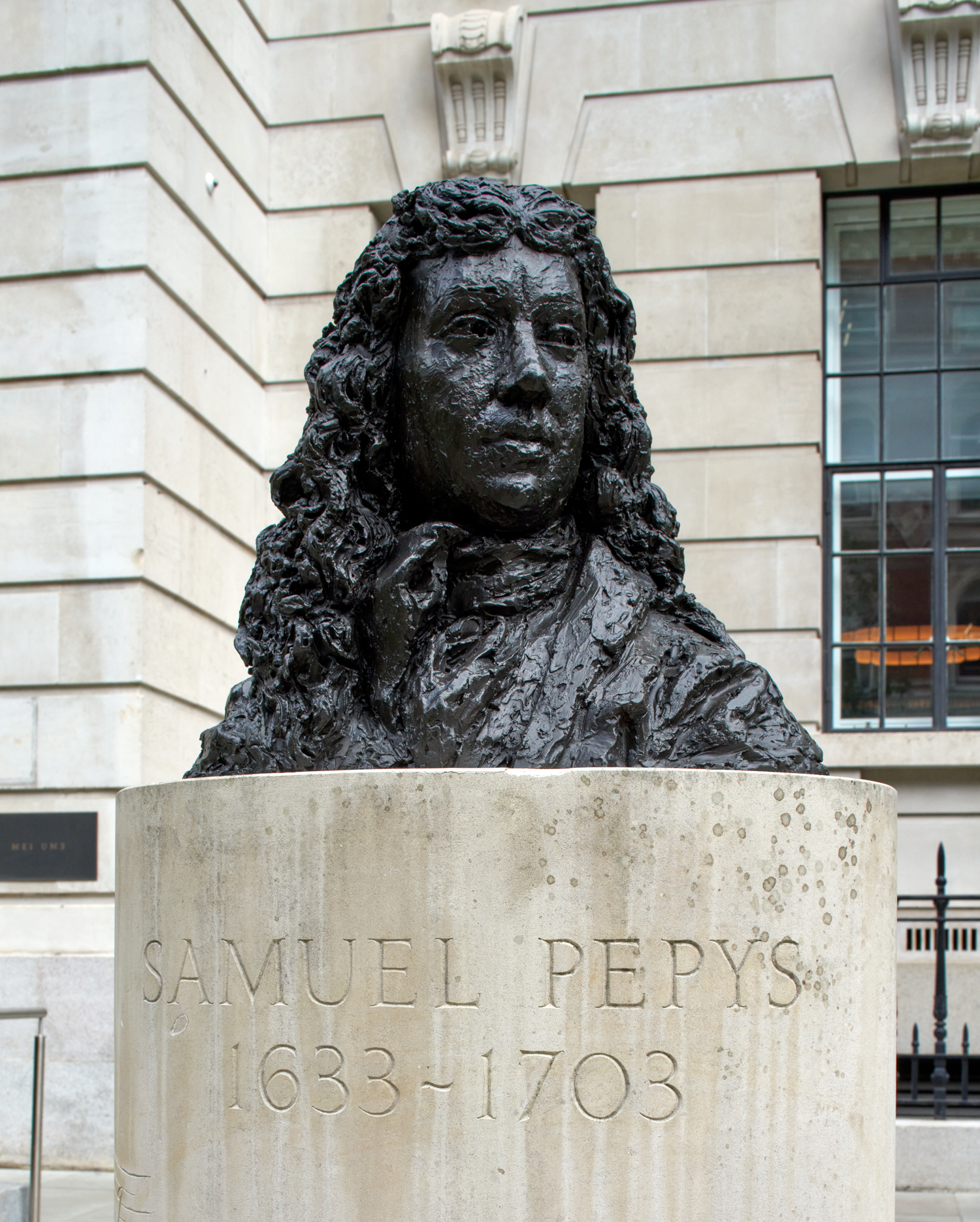
The Gardens’ carved pavers illustrate episodes from Pepys’ life: plague doctors in their beaked garb, the valuable Parmesan cheese buried for protection from the Great Fire — and a pair of tongs clasping a small spherical object. It’s the bladder stone that Pepys had removed without anaesthetic, which he saved to use as a desk paperweight.
Where: Seething Lane, EC3
St Lawrence and St Mary Magdalene Drinking Fountain
This elaborate example of the Gothic revival style that came into vogue in the 1830s became the template for grand drinking fountains. The niches hold depictions of St Lawrence holding a grid-iron (on which he was martyred), and St Mary Magdalene carrying a cross, a skull at her feet. The fountain once stood outside St Lawrence Jewry, the official church of the City of London Corporation, which also boasts a weathervane shaped like a grid-iron.
Where: Carter Lane Gardens, EC4
Firefighters Memorial
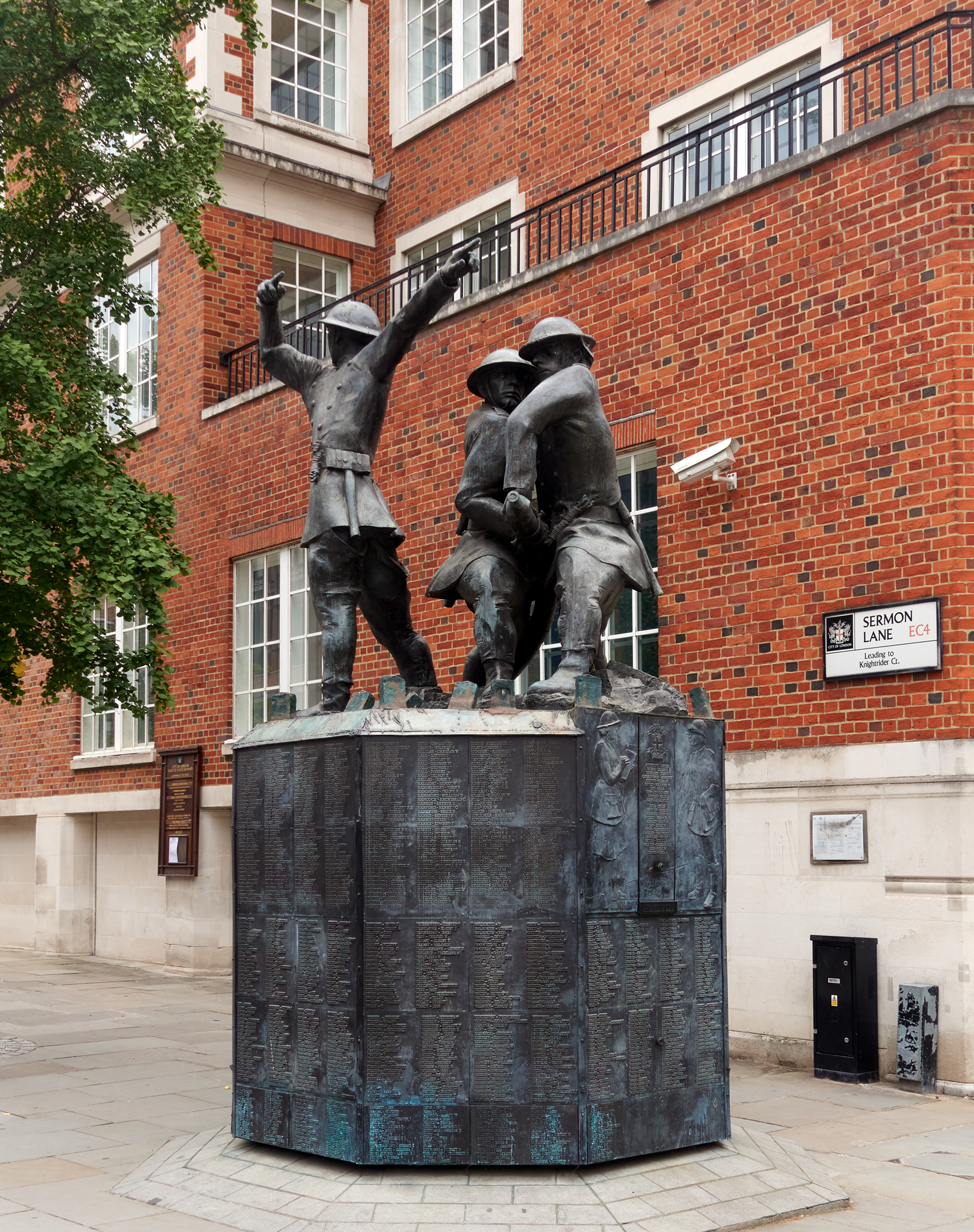
“Heroes with grimy faces” was Winston Churchill’s memorable description of the firefighters who battled the conflagrations caused by air raids during the Second World War. It’s fitting that their memorial is located facing St Paul’s Cathedral, because on the worst night of the Blitz, during which incendiary bombs caused 1,500 fires, Churchill issued the order that St Paul’s must be saved. The image of the Cathedral still standing amid smoking ruins became a symbol of Britain’s resistance to Hitler. The memorial lists the names of 700 firefighters who were killed, as well as the 23 women, most of whom died while working as motorcycle despatch riders during air raids.
Where: Carter Lane Gardens, EC4
Duke of Wellington
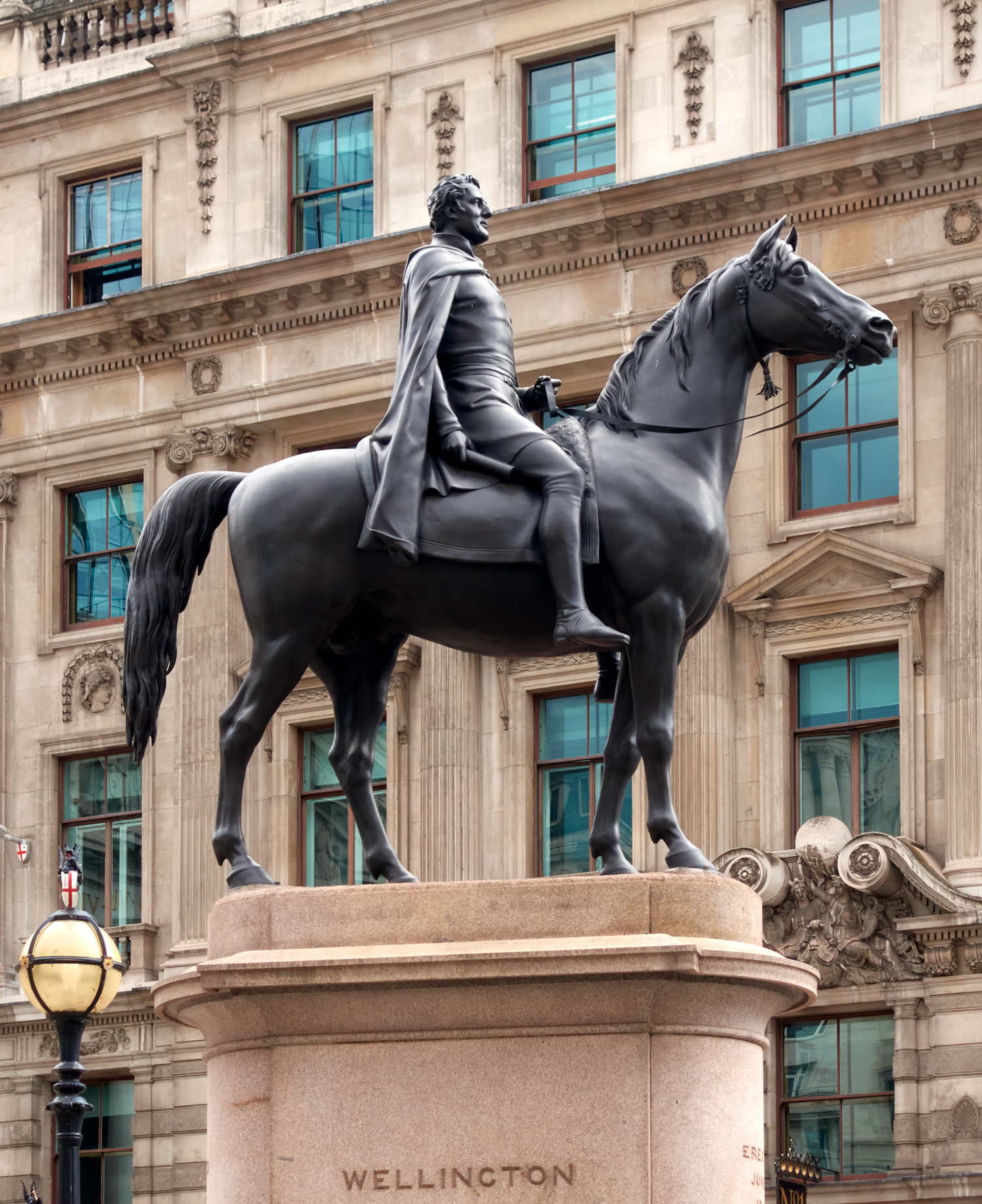
The Duke of Wellington, prime minister twice and one of the country’s great military leaders, stares out over Bank Junction in victorious pose. The commander-in-chief who defeated Napoleon at Waterloo sits astride his chestnut stallion Copenhagen, who carried him throughout the battle for 17 hours. In a triumphalist touch, the statue is cast from the melted-down cannons of the defeated French. The City part-funded the memorial, not primarily as a tribute to his victory but in gratitude for his help passing legislation to allow the building of King William Street, a new route to London Bridge.
Where: Bank Junction, EC3
Hodge
Meet Hodge the cat, sitting beside his recent meal of oysters, facing the Georgian townhouse where his owner, Dr Samuel Johnson, compiled the first comprehensive English dictionary. Johnson overcame lifelong physical and mental health problems, career setbacks and financial crises to become a man celebrated for his erudition and wit.
The dictionary commission gave him the funds to buy the house, where he and six assistants began their epic task. Nine years later Johnson’s Dictionary of the English Language was published; the compiling of the French equivalent had taken 40 lexicographers 50 years.
Johnson was a fierce opponent of slavery and also a famously kind man, taking in waifs and strays, including Hodge, whose food he insisted on buying himself, concerned that his servants might resent such an errand.
Where: Gough Square, EC4
Kindertransport — The Arrival

Outside Liverpool Street Station stands a group of five just-arrived refugee children in bronze. The work of sculptor Frank Meisler, Kindertransport commemorates the 10,000 Jewish children who arrived in the UK between 1938-39 escaping Nazi persecution. One little boy has a violin case, a small girl clutches a teddy. They look poised and hopeful. But the railway track at their feet is a reminder of the fate their parents faced in the concentration camps.
Where: Liverpool Street, opposite McDonald’s, EC2
St Bartholomew’s Gatehouse
London‘s only outdoor statue of Henry VIII, this 1702 portrayal from the chisel of Francis Bird stands in the magnificent gatehouse to St Bartholomew’s Hospital. The monstrous monarch straddles the archway, his expression belligerent, wielding his sceptre like a weapon. Henry introduced boiling alive for the crime of poisoning and his statue overlooks Smithfield, the execution site where the first convicted poisoner met his gruesome fate.
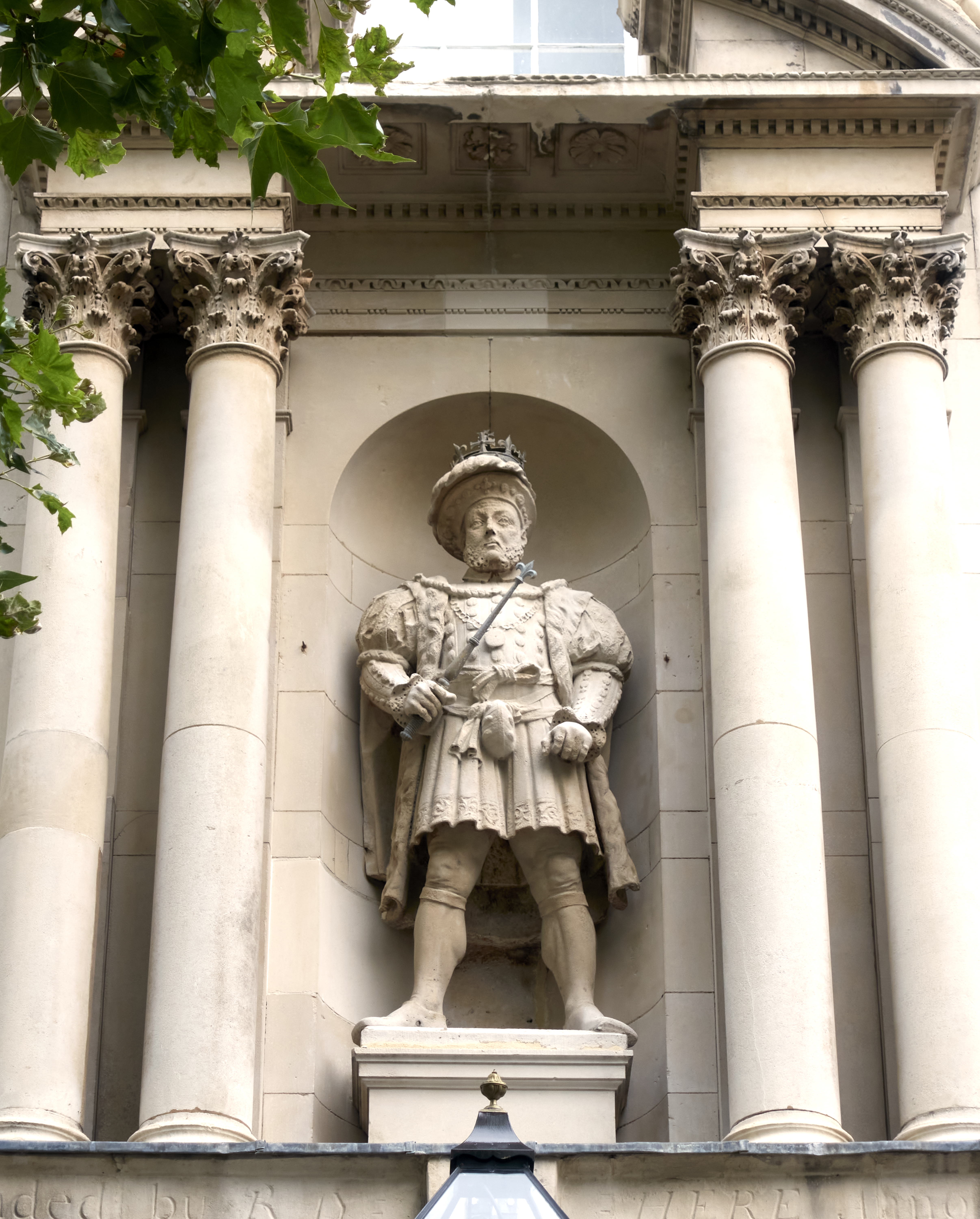
Originally part of the 12th-century St Bartholomew Priory, the hospital was set to close as part of Henry’s dissolution of the monasteries, and only after prolonged petitioning by the Lord Mayor at the time did he grant a reprieve — just one month before his death.
Where: West Smithfield, EC1
Whittington
As every panto-goer knows, young Richard Whittington, known as Dick, had failed in London and was returning home to the country when the chiming of Bow Bells summoned him back. This delightful piece captures that moment in Highgate when he pauses, faithful feline at his feet. The mythical Whittington would become rich through his cat’s rat-catching skills (see the rat poking its nose out from the bundle of clothes); the real Whittington made his fortune as a mercer, importing luxury fabrics such as silk and damask, and served as Lord Mayor four times from 1397.
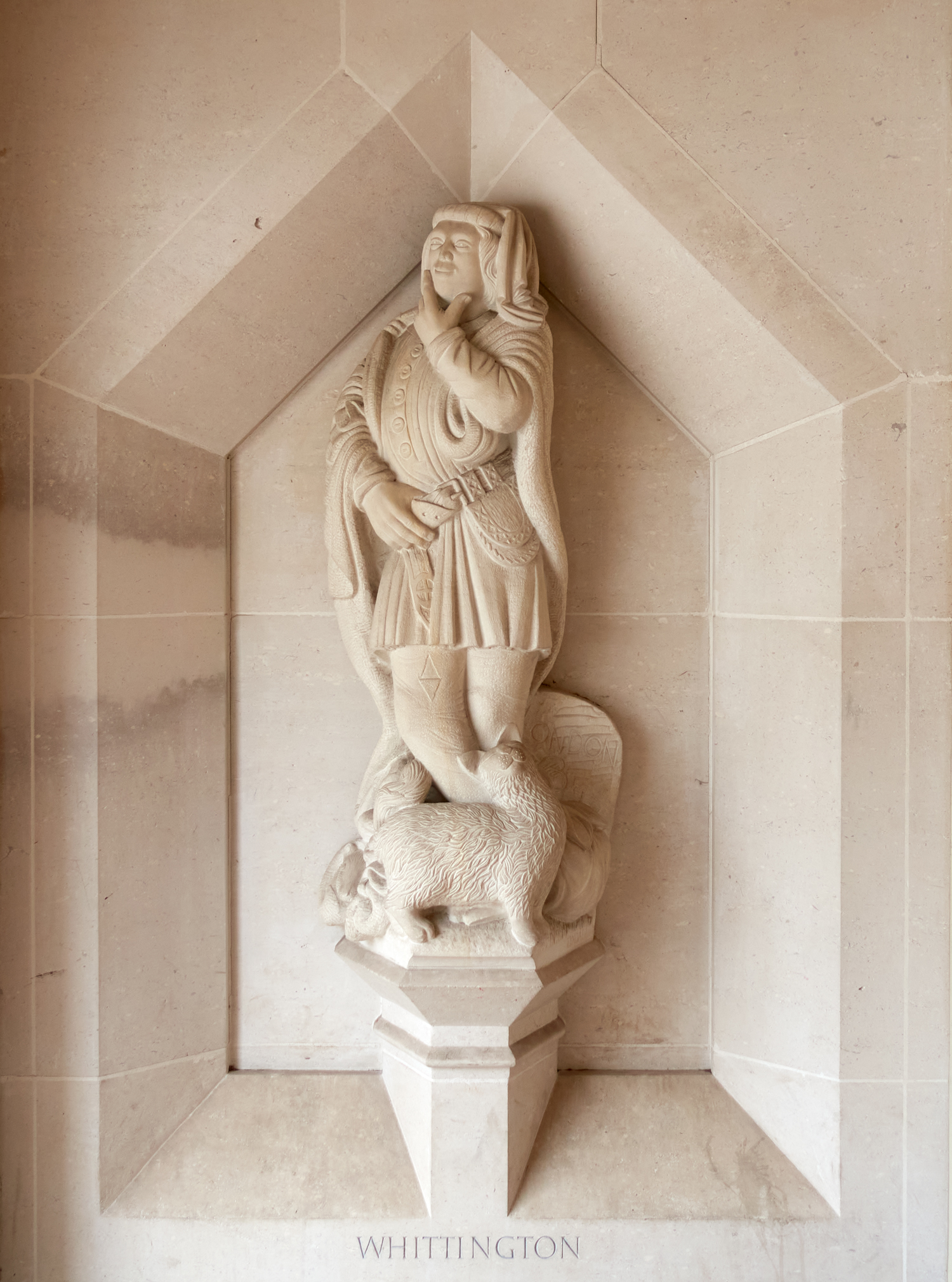
He used his wealth to bankroll the Battle of Agincourt, and built a maternity hospital for unmarried women and a huge public loo known as Whittington’s Longhouse. As for his moggy, it is almost certainly fictional: a cat was a popular medieval symbol of philanthropy.
Where: Guildhall Yard, EC2
Gilt of Cain
The City has begun to acknowledge its role in the slave trade and this work by Michael Visocchi, with a poem by Lemn Sissay, commemorates the abolition movement of the 18th and 19th centuries. Why here? Because this former churchyard has links to John Newton, slave-ship captain turned preacher and abolitionist.
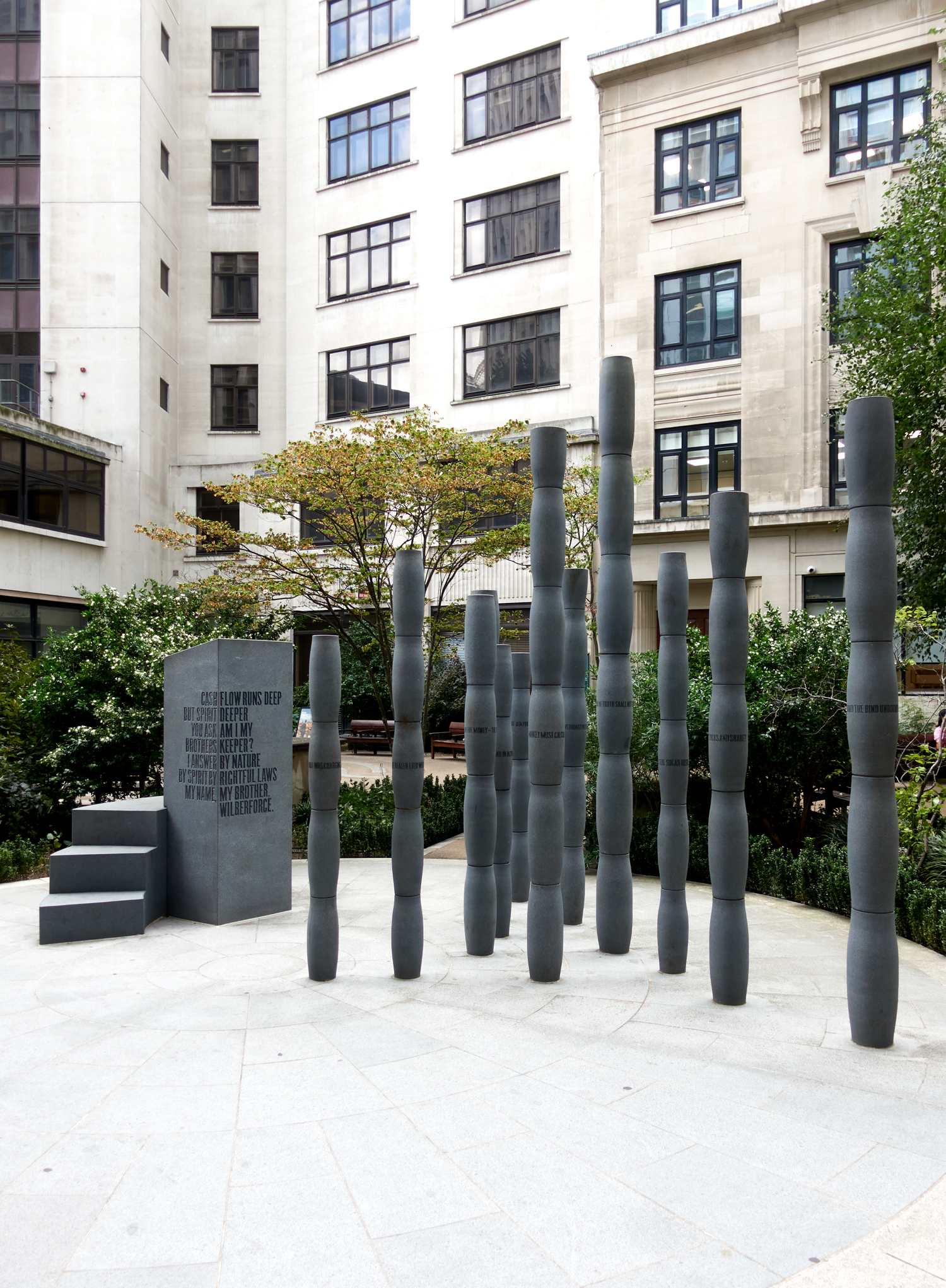
There are many layers of meaning here. Gilt is money but also ‘guilt’; Cain is the Biblical character who murders his own brother, and also echoes the ‘cane’ tended by slaves on sugar plantations. A forest of sugar-cane columns facing a pulpit are churchgoers hearing a sermon — but also slaves being sold off by an auctioneer.
Where: Fen Court, Fenchurch St, EC3
Paternoster
A touching depiction of a shepherd and his sheep by sculptor Elisabeth Frink, Paternoster means Our Father, a reference to the Lord’s Prayer recited by Christians. The work also echoes the idea of Jesus as shepherd to his flock, and recalls the livestock being driven to the medieval Newgate market.
Where: Paternoster Square, EC4
